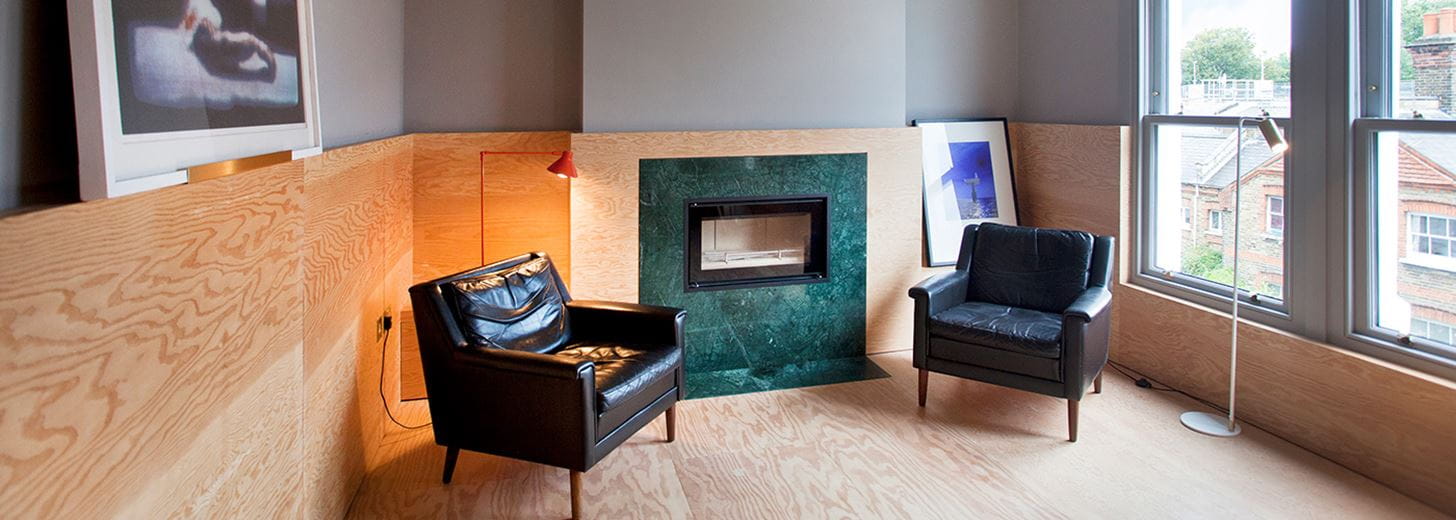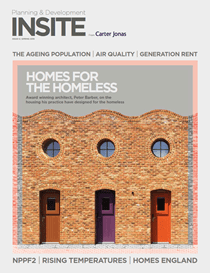The Oxford English Dictionary describes ‘generation rent’ as ‘a generation of young adults who, because of high house prices, live in rented accommodation and are regarded as having little chance of becoming homeowners’.
Use of the term has extended beyond the property world, with a recent report by Goldman Sachs describing the 18 to 34 year old age group (also known as Millennials) as placing less value on the ownership of hard assets than other generations. ‘Generation rent’ refers not only to housing status, but to a broader demographic change.
So, who does ‘generation rent’ consist of and how are they changing rental expectations? Planning & Development Insite investigates...
The millennial cohort - those born in the 80s and 90s - generally speaking, seeks out services in preference to ownership; Netflix over DVDs, Uber over car ownership, even Girl Meets Dress and Borrow My Doggy over the complexities of a designer wardrobe and pet maintenance. So it is no surprise that property preferences are similarly affected and that consequently a new form of property is appealing so strongly to ‘generation rent’.
The Resolution Foundation predicts that as few as 47% of millennials will own a home at the age of 45. The lack of affordability, particularly in London is certainly a contributing factor, but so too is the fact that the employment market is increasingly fluid and consequently ‘generation rent’ is more mobile, and with 30 being the new 20 the desire to settle down is often postponed. Security is another factor: 81% of potential first-time buyers surveyed by Halifax stated that due to interest rate rises, fluctuating house prices and job insecurity, home ownership was not for them.
Generation rent is more mobile, and with 30 being the new 20 the desire to settle down if often postponed.
Noiascape is a unique property tenure/service designed to meet the needs of those who prefer to rent and in doing so they provide both flexibility and freedom. The name says it all: NOIA means ‘new thinking, new approach and new direction’, while ‘SCAPE’ means space, landscape, communities and places.
James Teatum, one of the two brothers who co-founded Noiascape, describes how the idea for the business was arrived at: “As architects, Tom and I had bought properties over 10 years and retained them, keeping in close contact with the tenants and gaining a better understanding of their needs and preferences. It was our tenants who suggested we set up more co-living spaces. When we looked at the statistics, the evidence was clear: 3.5 million people are predicted to be renting in London in 7 years’ time according to the GLA. We also carried out our own research and discovered that tenants typically spend only 17% of their time in their own spaces, preferring instead to socialise outside their own properties. This led us to develop a model of co-living which prioritised communal areas: not just spaces, but active spaces where the social side of co-living could flourish.”
Noiascape properties offer everything that is needed in a home (comfort, space, security) and in a landlord (trust, communication, flexibility), alongside a social infrastructure. “Our belief is that your home stretches beyond your front door, and so the Noiascape community is not limited to individual co-living schemes, but to the wider network: those living in one Noiascape scheme are more than welcome in the communal space of another.”
Co-living is both a pragmatic response to changing circumstances and a lifestyle choice. It provides apartments large enough for a millennial and their modest provisions, alongside extensive communal facilities which require no maintenance on the part of the tenant, and frequently in a location that would be otherwise unaffordable.
Co-living is both a pragmatic response to changing circumstances and a lifestyle choice.
The N unit scheme at Askew Road, west London, best illustrates Noiascape’s unique approach to active co-living. On completion, Noiascape used the shared space to host a rotating series of pop-up events, including a reggae record shop, demonstrations by boxing and luxury stationary companies and a sculpture workshop. Uniting these diverse events is the fact that they were locally-sourced, free to host and free to attend: the intention being that they created links between the new and existing communities. And the success was tangible: lasting relationships flourished, the activities were widely popular and the sculptor gained 45 commissions, more than he had gained locally in 18 years of living on Askew Road. Future plans for High Street House, a 15 unit scheme in Shepherd’s Bush, include an exhibition by students of the London Fashion School and cookery demonstrations and supper clubs with local chefs.
So how does it add up? “We bring our understanding of space from our architecture background and our commercial understanding from many years as landlords”, James explains. “By offering a range of unit sizes, we attract a range of rents, but none are extortionate. We value and have achieved tenant loyalty, and this accounts for a lot financially.” While Noiascape is indisputably forward thinking both in its philosophy and its actions, its lack of dependence on the virtual world is very apparent: it markets properties through estate agents, delivers leaflets by hand, and speaks to people face to face. This refreshing approach is surely the real social networking.
Read more articles like this by downloading our Winter 2018/19 Planning & Development Insite, or visit the Planning & Development pages of our website to find out more about our services.
This edition focuses on the hard hitting topics shaping the industry, and the way we live our lives.
Inside we discuss the reality of homelessness across the UK and what is being done to help, fascinating insights around how climate change is impacting how we build, the rise of co-living among generation rent, and the challenges we face around the ageing population.
To read more articles like the one above click the link below to download the full publication.
Latest news
- Carter Jonas announces strategic restructure of Planning and Development division with several senior promotions
- Do you have an interest in land within Mid Sussex District?
- Carter Jonas advises on sale of 45 residential units at Acton Gardens
- Carter Jonas Achieves Planning Consent for Harwell Science and Innovation Campus Limited Partnership
- Carter Jonas Confirms Sale of Land in Meir, Stoke-on-Trent to Potteries Heavy Haulage
- Carter Jonas Achieves Planning Consent for a Fusion Demonstration Plant at Culham Science Centre, Oxfordshire
- Carter Jonas Achieves Planning Consent for Endurance Estates Land Promotion Ltd in Longstanton, Cambridgeshire
- RTPI Young Planners’ Conference 2022
- Carter Jonas Partner Andrew Smith Elected SIOR European Region Chapter President






